Cyber Monday Special Limited Time 70% Discount Offer - Ends in 0d 00h 00m 00s - Coupon code = getmirror
Pass the AACE International Professional Level Certifications PSP Questions and answers with ExamsMirror
Exam PSP Premium Access
View all detail and faqs for the PSP exam
660 Students Passed
91% Average Score
92% Same Questions
Budgeted cost of work scheduled is _______________________.
When using a detailed estimate as the basis for work package/activity durations, which element does NOT need to be identified before the activity durations can be calculated?
Which of the following phases does NOT describe the commonly accepted construction life cycle?
What does the narrow band at "Y" represent?
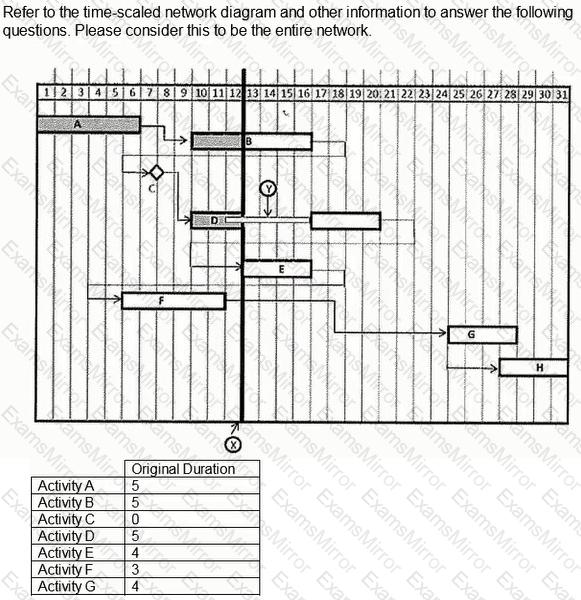
If Activity E's duration changes to 4 months, what is the overall duration of the project.
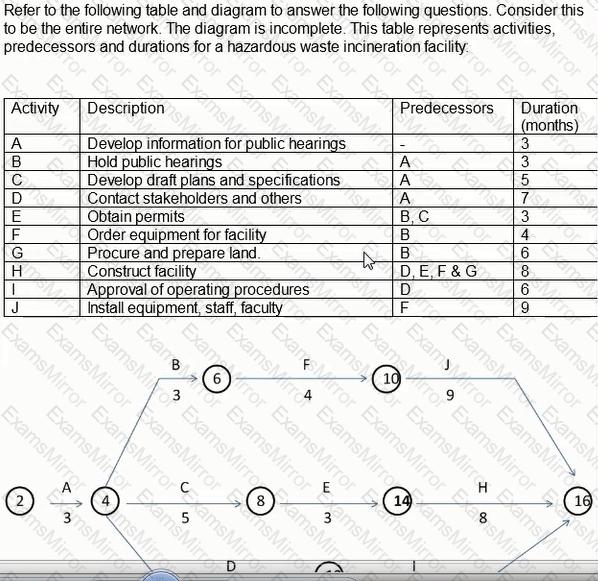
Assuming conventional finish-to-start relationships, to calculate a schedule retaining the existing logic means that
If someone wanted to constrain a project's end date so that any project slippage would cause negative float, they would do so by using
In a "crashed" schedule, which is a chain of activities that precede activity 2004?
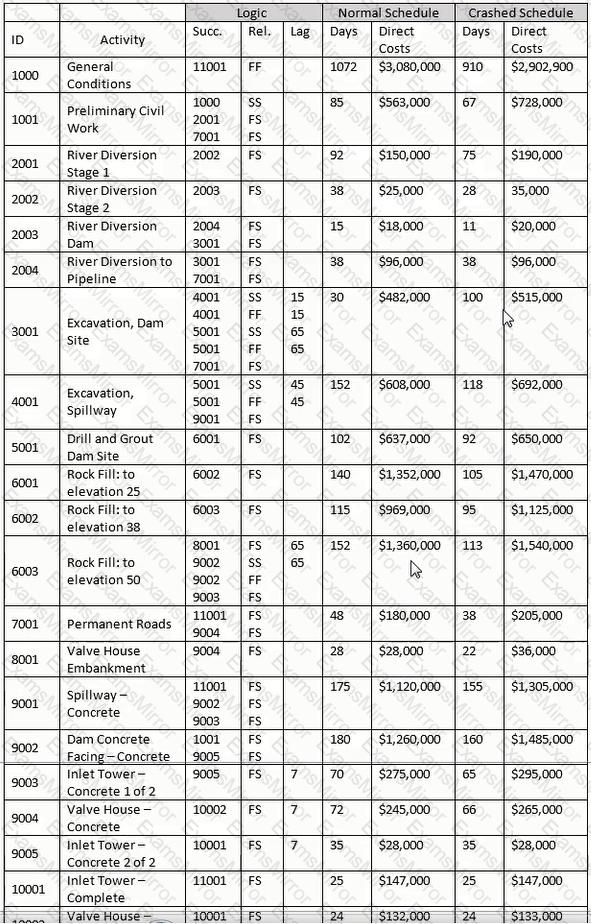
Using the "normal" schedule, if you start Activity 7001 on April 1, 2002, and using a 5-day workweek, what the finish date for Activity 7001?
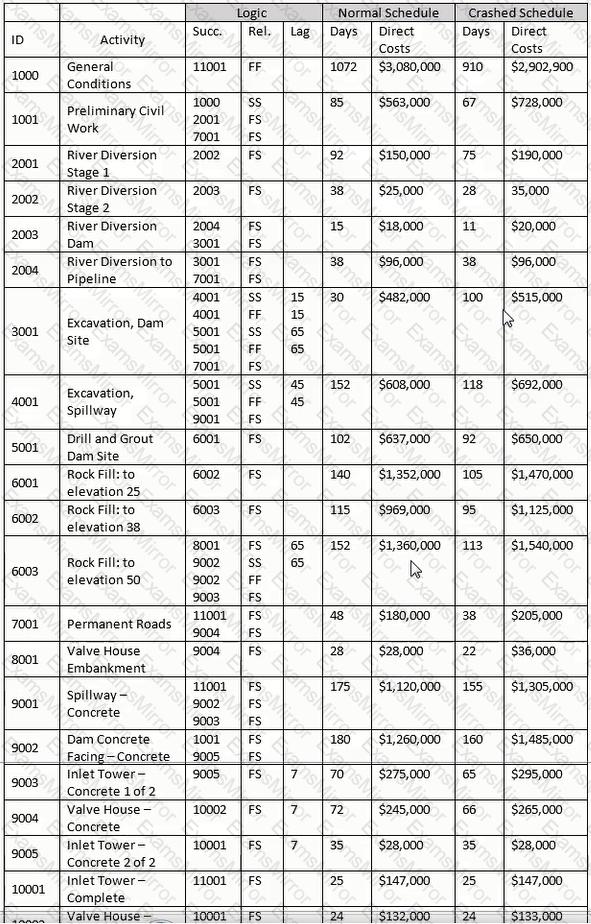
During proofing of the product manual, a problem was discovered requiring 15 days additional time to effect a correction. How can the date of availability be maintained?
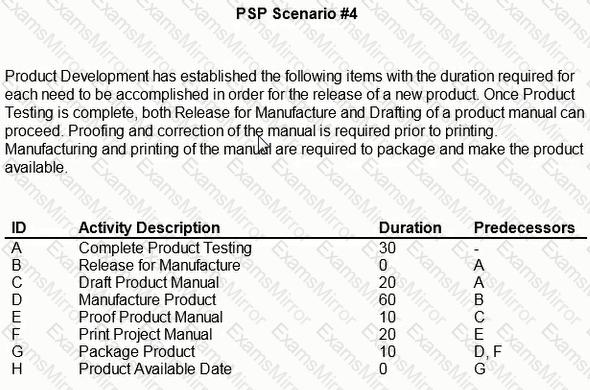
TOP CODES
Top selling exam codes in the certification world, popular, in demand and updated to help you pass on the first try.
